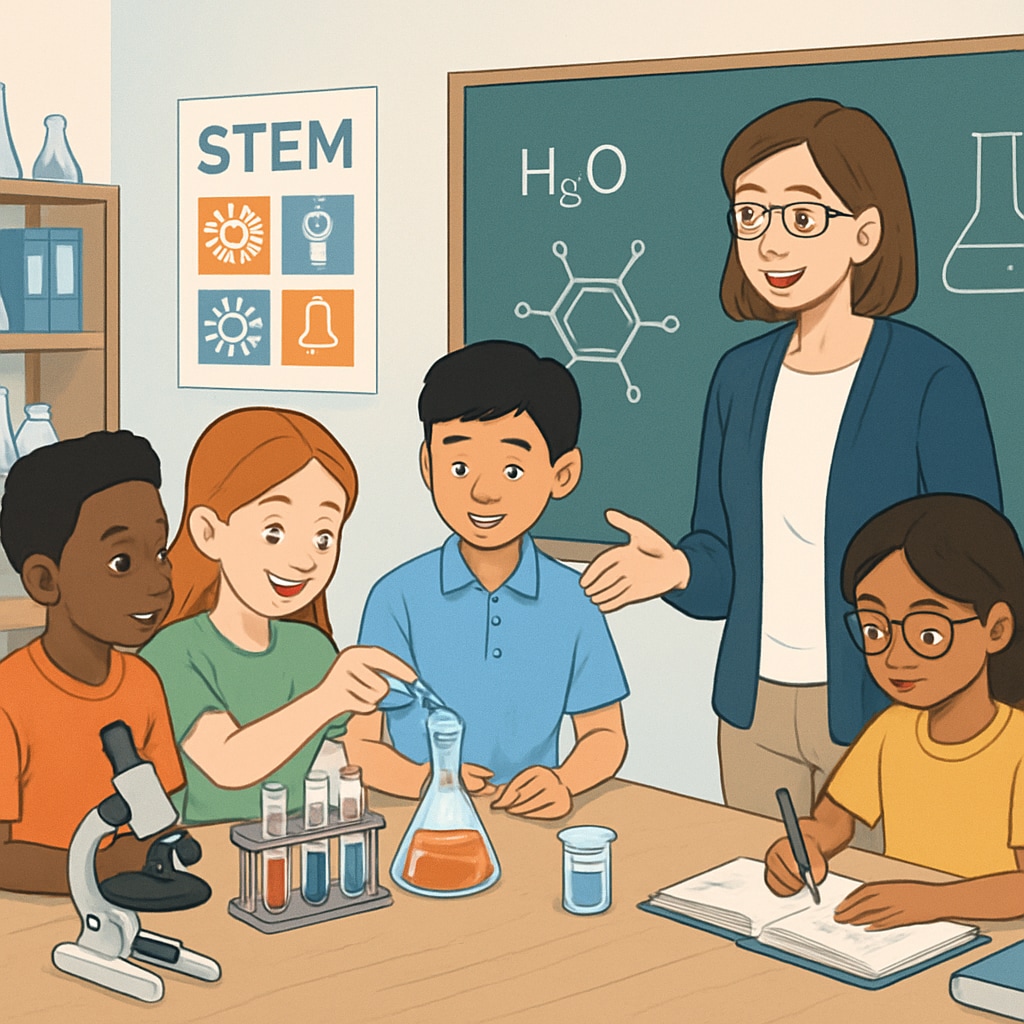Pursuing a medical dream is a challenging journey, often fraught with education challenges and family pressure. For K-12 students with aspirations of becoming doctors, the path is not only academically demanding but also emotionally taxing. These young dreamers face systemic barriers within the education system, coupled with the dual challenges of balancing familial expectations and managing personal struggles. Yet, with the right strategies and support, these obstacles can be overcome, paving the way for future success in the medical field.
Barriers Within the Education System
The traditional K-12 education system often proves inadequate in preparing students for the rigors of a medical career. A lack of early exposure to medical sciences, limited access to STEM (Science, Technology, Engineering, and Mathematics) resources, and an overemphasis on standardized testing create significant hurdles for aspiring medical professionals.
For example, students may find that their schools do not offer advanced biology or chemistry courses, leaving them underprepared for college-level pre-medical programs. Additionally, the focus on rote memorization rather than critical thinking skills further exacerbates the problem. According to a study by the Encyclopedia Britannica, modern education systems often fail to nurture the curiosity and problem-solving abilities crucial for medical professions.

Family Pressure and Personal Struggles
Beyond academic challenges, family pressure often weighs heavily on students pursuing medical dreams. In many cultures, the medical profession is seen as a prestigious career, leading families to place high expectations on their children. While well-intentioned, this pressure can be overwhelming, causing stress and even burnout in students.
In addition, personal struggles such as time management, maintaining a work-life balance, and coping with self-doubt can add to the burden. For instance, a high-achieving student may struggle to juggle extracurricular activities, volunteer work, and academic commitments, all of which are essential for a strong medical school application.
These challenges are compounded by the competitive nature of the medical field, where only the top-performing students are admitted into prestigious programs. As a result, many students experience feelings of inadequacy, further hindering their ability to excel academically.

Strategies for Overcoming These Challenges
Despite these obstacles, there are effective strategies to support students in their journey toward a medical career. Here are some practical steps:
- Seek Academic Support: Students should take advantage of tutoring programs, online resources, and mentoring opportunities to strengthen their understanding of key subjects like biology and chemistry.
- Communicate with Family: Open dialogue with family members can help align expectations and reduce unnecessary pressure. Parents should be encouraged to support their child’s goals without imposing unrealistic demands.
- Engage in Extracurricular Activities: Participation in science clubs, volunteering at hospitals, or attending medical camps can provide hands-on experience and boost confidence.
- Focus on Mental Health: Regular exercise, mindfulness practices, and seeking professional counseling when needed can help students manage stress effectively.
In addition, schools can play a critical role by offering career counseling services, organizing medical career fairs, and providing access to STEM-focused programs. Organizations such as STEM education initiatives on Wikipedia highlight the importance of fostering interest in science-related fields from an early age.
Conclusion: Turning Dreams into Reality
While the journey toward a medical career is undoubtedly challenging, it is not insurmountable. By addressing systemic flaws in the education system, managing family expectations, and adopting effective coping strategies, aspiring medical professionals can overcome these barriers and achieve their dreams. With perseverance, support, and access to the right resources, students can transform their aspirations into reality, contributing to a brighter future for both themselves and the medical field as a whole.
Readability guidance: This article balances professional insights with actionable advice, using concise paragraphs and lists to ensure clarity. Transitions like “for example,” “in addition,” and “as a result” are used throughout to enhance flow and readability.


